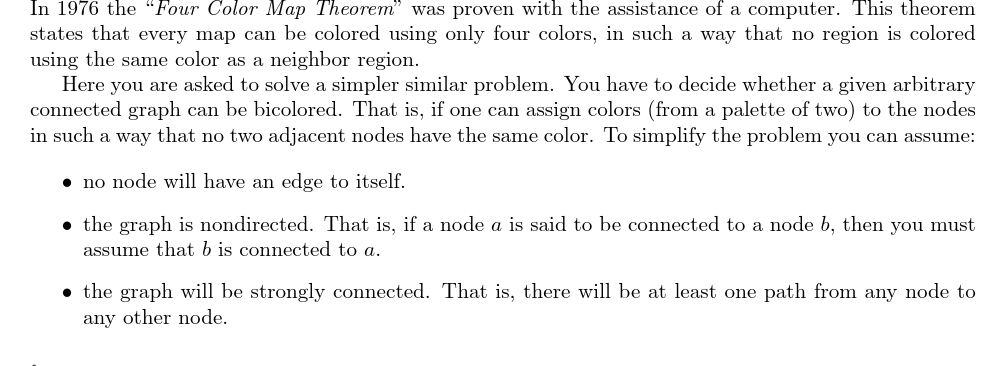1
2
3
4
5
6
7
8
9
10
11
12
13
14
15
16
17
18
19
20
21
22
23
24
25
26
27
28
29
30
31
32
33
34
35
36
37
38
39
40
41
42
43
44
45
46
47
48
49
50
51
52
53
54
55
56
57
58
59
60
61
62
63
64
65
66
67
68
69
70
71
72
73
74
75
76
77
78
79
80
81
82
83
84
85
86
87
88
89
90
91
92
93
94
95
96
97
98
99
100
101
102
103
104
105
106
107
108
109
110
111
112
113
114
115
116
117
118
119
120
121
122
123
124
125
126
127
128
129
130
131
132
133
134
135
136
137
138
139
140
141
|
#include <iostream>
#include <cstdio>
#include <cstring>
#include <cctype>
#include <algorithm>
#include <vector>
#include <string>
#include <stack>
#include <queue>
#include <map>
#include <cmath>
#define For(a,x,y) for (int a = x; a <= y; ++a)
#define Forw(a,x,y) for (int a = x; a < y; ++a)
#define Bak(a,y,x) for (int a = y; a >= x; --a)
#define RED 1;
#define BLUE -1;
namespace FastIO {
inline int getint() {
int s = 0, x = 1;
char ch = getchar();
while (!isdigit(ch)) {
if (ch == '-') x = -1;
ch = getchar();
}
while (isdigit(ch)) {
s = s * 10 + ch - '0';
ch = getchar();
}
return s * x;
}
inline void __basic_putint(int x) {
if (x < 0) {
x = -x;
putchar('-');
}
if (x >= 10) __basic_putint(x / 10);
putchar(x % 10 + '0');
}
inline void putint(int x, char external) {
__basic_putint(x);
putchar(external);
}
}
namespace Solution {
const int MAXN = 200 + 10;
const int MAXM = MAXN * MAXN + 10;
struct Node {
int now, weight;
Node() { now = weight = 0; }
bool operator < (const Node &that) const {
return weight > that.weight;
}
};
struct Edge {
int now, next;
Edge() { now = next = 0; }
} edge[MAXM];
int head[MAXN], cnt, n, l;
short color[MAXN];
inline void Init() {
cnt = 0;
memset(head, 0, sizeof(head));
memset(color, 0, sizeof(color));
for (int i = 1; i <= cnt + 5; ++i) {
Edge tmp;
tmp.now = tmp.next = 0;
edge[i] = tmp;
}
}
inline void addEdge(int prev, int next) {
edge[++cnt].now = next;
edge[cnt].next = head[prev];
head[prev] = cnt;
}
inline bool BoynextdoorFirstSearch(int start = 1) {
std::queue<int> q;
q.push(start);
color[start] = RED;
while (!q.empty()) {
int now = q.front();
q.pop();
for (int e = head[now]; e; e = edge[e].next) {
int to = edge[e].now;
if (color[to] == color[now]) return false;
if (color[to] == 0) q.push(to);
if (color[now] == 1) {
color[to] = -1;
} else {
color[to] = 1;
}
}
}
return true;
}
}
signed main() {
#define HANDWER_FILE
#ifndef HANDWER_FILE
freopen("testdata.in", "r", stdin);
freopen("testdata.out", "w", stdout);
#endif
using namespace Solution;
using FastIO::getint;
while (true) {
n = getint();
if (n == 0) break;
l = getint();
Init();
for (int i = 1; i <= l; ++i) {
int prev = getint();
int next = getint();
addEdge(prev, next);
addEdge(next, prev);
}
if (BoynextdoorFirstSearch()) puts("BICOLORABLE.");
else puts("NOT BICOLORABLE.");
}
return 0;
}
|



